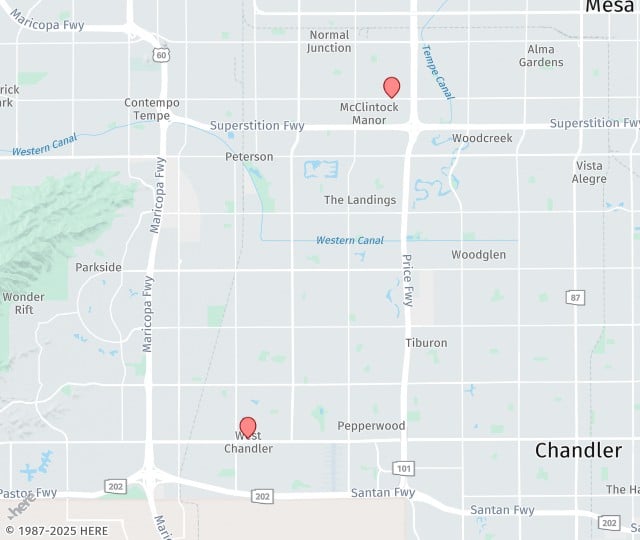
At Tempe Primary Care in Tempe, AZ, our team provides expert medical services, including injury care with a focus on accurate diagnosis and conservative treatment. Family Nurse Practitioner Frank Rosenberg, MSN, FNP-C, has been involved in healthcare since 1993, beginning his career in emergency medicine and ambulance services at Chandler Regional Hospital. He holds a Bachelor of Science in Nursing from Arizona State University and later completed his Master of Science in Nursing from Northern Arizona University, with a focus on rural and underserved populations.
How to Know If You Pulled or Tore a Muscle
Muscle injuries exist on a spectrum, and the terms “strain” and “tear” refer to damage of varying severity. Here’s how to distinguish them:
- Muscle strain: Often described as a pulled muscle, a strain involves overstretching or partial tearing of muscle fibers. It may cause mild pain and stiffness.
- Muscle tear: A more severe form of strain, a tear can be partial or complete, often accompanied by sharp pain, bruising, and difficulty moving the affected muscle.
- Key symptoms: For strains and tears, look out for sudden pain during activity, swelling, bruising, muscle weakness, or an inability to bear weight.
Understanding the level of injury helps determine if rest, physical therapy, or medical imaging is needed.
Signs of a Sprain vs a Tear in Joints
Ligament injuries, such as ankle or wrist sprains, are commonly confused with muscle tears. Here are the distinguishing features:
- Sprains: Involve stretched or torn ligaments (the tissue that connects bones at joints). You may hear a “pop” and experience swelling and instability.
- Tears: A ligament tear is a severe sprain and can cause significant pain, bruising, and loss of joint function.
If you notice intense swelling or joint instability, it’s a good idea to have your injury evaluated by a provider at Tempe Primary Care.
When to See a Doctor for a Sprain, Strain, or Tear
Some injuries can be managed at home, while others require professional care. Consider seeing a provider at Tempe Primary Care if you experience the following:
- Severe pain or swelling: Especially if it doesn’t improve with rest and ice.
- Inability to move the joint or muscle: Suggests more serious tissue damage.
- Bruising or deformity: May indicate a complete tear or fracture.
- Persistent symptoms: If pain and swelling last more than a few days.
Early treatment can reduce the risk of long-term joint problems or chronic pain.
Need Help Understanding Your Injury?
If you’re unsure whether you’re dealing with a sprain, strain, or tear, Tempe Primary Care offers a clear diagnosis and guidance. Call 602-283-0080 to schedule an injury evaluation today.
